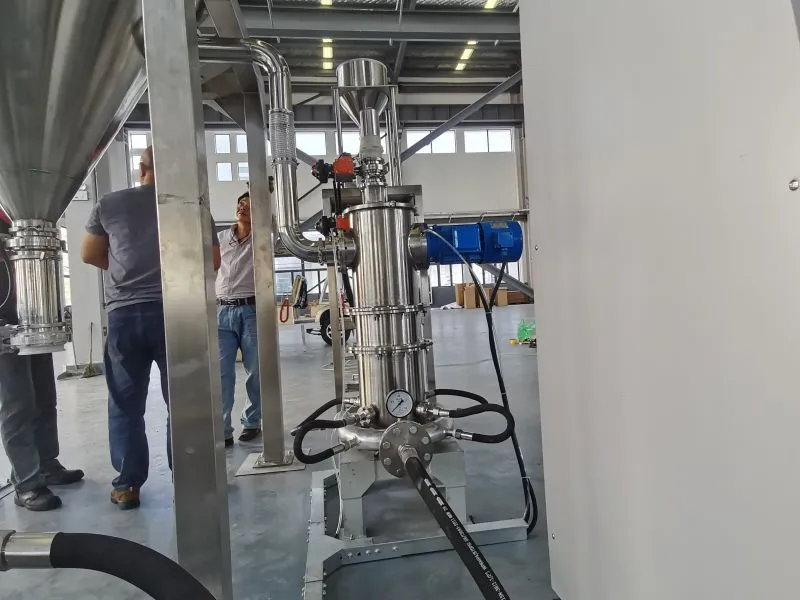Industrial technology has led to small powders with special volume and surface effects. Their optical, magnetic, acoustic, electrical, and mechanical properties are very different from normal. They are key to many new materials. Technology has also seen unprecedented development. It’s based on basic raw materials. Jet mills use high-speed airflow. This airflow makes materials to collide, impact, and shear. They can make fine particles with narrow distributions. They also have clean, smooth surfaces and regular shapes. They disperse well and are highly active. The powder is micro-nano. The whole crushing system uses a closed mode to reduce dust. It also keeps the crushed materials clean.

But there are many types of airflow pulverizers. They have different working principles and crushing effects on various materials. So, choose a suitable airflow pulverizer for each material. At present, jet mill structures and working methods can be divided into types. These types are: collision, flat, fluidized bed, circulating tube, and target. They can also be classified by material. It adopts methods such as low-temperature cryogenic airflow crushing and inert gas protection. These methods optimize the grinder’s crushing effect.
Collision airflow crusher. Opposing jet mills are also called reverse jet mills. The equipment is working. Two fast materials and high-speed airflow meet at a point on the straight line. They collide to crush. The crushed fine particles and airflow enter the external classifier. They enter it through the action of the classification rotor and pass through it. A solid separation and become a product. The coarse particles remain at the edge of the classification chamber. They return to the crushing chamber for more crushing. They do this until they meet the size requirements and enter the classifier outside.
The spiral jet mill is also known as the horizontal disc jet mill. It is the earliest and most widely used jet mill in the industry. The main part of a normal flat airflow mill is a disc crushing chamber. Around it are 6 to 24 high-pressure nozzles. They spray working fluid. There are Venturi tube feeders and product collectors. They are at a certain angle. The material to be crushed enters the venturi tube driven by gas. The venturi tube has a special structure. It accelerates the material to supersonic speed. Then, the material enters the crushing chamber. The materials move in a circle in the crushing chamber. This is driven by high-speed swirling flow. The particles and inner wall of the machine impact, collide, and rub. They do this to be crushed. Centrifugal force causes large particles to the chamber’s wall. There, they are crushed and circulated. The fine particles enter the cyclone separator and are collected through centrifugal airflow.
The fluidized bed jet pulverizer is the leading model of airflow pulverizers. It operates using a fluidized bed. It mainly combines the principle of counter-jet with the gas jet flow in a fluidized bed. This is common in making chemical raw materials. It is also used to make medicines and cosmetics. It’s used in advanced ceramics, magnetic powder, and other materials. . The equipment sprays air into the crushing area through several reverse nozzles. The high-pressure airflow accelerates the materials being crushed in the chamber. This forms a fluidized state. The materials accelerate. They collide and rub at the nozzle junction. Then, they were crushed. The upward airflow carries the crushed fine materials. It carries them to the ultra-fine classifier for classification. The cyclone separator collects fine materials that meet the requirements. The coarse materials settle back to the crushing area due to gravity. Then, crushing continues.